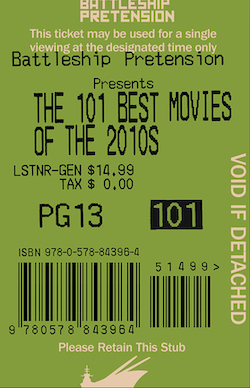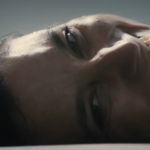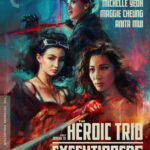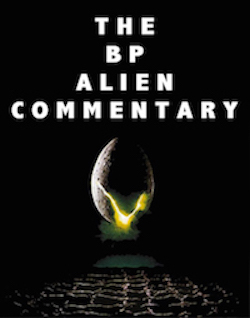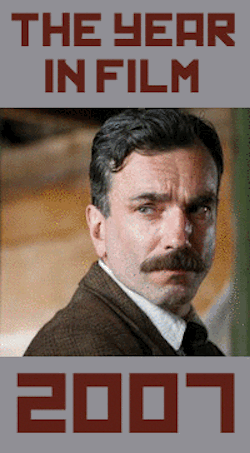De Palma: He Likes to Watch, by Ian Brill
Brian De Palma’s work is noted for its intricate camera moves and stylish sequences. So it’s interesting that almost all the new footage of Noah Baumbach and Jake Paltrow’s documentary is of De Palma sitting in front of a mantle discussing his career. Clips from his films and others are edited into the interview. Yet De Palma, the film, remains an engaging experience because De Palma, the man, is as smart, sardonic, and surprising as his best films.
The film is a career overview, touching on every film De Palma directed. Now in his 70s, De Palma is happy to be honest about his career. He has no problem discussing his challenges with the MPAA, studio executives, and film critics. Even collaborators are not safe from De Palma’s dishing. The director has no hesitation is discussing his challenges with Cliff Robertson on 1976’s Obsession, leading to a funny anecdote concerning Robertson and legendary cinematographer Vilmos Zsigmond. His honesty keeps the film lively.
Baumbach and Paltrow create a potent contrast between the static shot of De Palma speaking and the film clips used throughout. Whether you are De Palma fan or not, it becomes clear how much of a master craftsman he is by evidence of the sheer number of captivating scenes the directors get to choose from. Combined with his own commentary, the film will compel many viewers to revisit (or even discover) not only his most notable films like Carrie and Scarface, but also underrated gems like Carlito’s Way and the truly one-of-a-kind Phantom of the Paradise.
The film isn’t just about De Palma the director, it’s also about De Palma the film fan. It starts with De Palma discussing Vertigo, whose maker – Alfred Hitchcock – would remain a constant influence throughout his career. His work has sometimes been dismissed as derivative of the master of suspense, but by being such a subjective career-retrospective, De Palma makes the case that Hitchcock’s influence is an expression of something deeper. De Palma shares Hitchcock’s fascinating with voyeurism, tension, and beautiful women in peril. While the film does not spend a lot of time on De Palma’s personal life, some information does come up in the most interesting way. Most notably is that Keith Gordon’s character in Dressed to Kill is inspired by De Palma’s own youth, when the teenage De Palma followed his father around and learned of the man’s philandering. It begs the question, did the preoccupation with sex and voyeurism already exist for De Palma, and Hitchcock provided him the language to express them, or did Hitchcock’s work ignite these interests in De Palma? It’s a “chicken or the egg” question the film leaves you with.
It’s such a joy to hear De Palma discuss his films that you may wish that we heard more about certain subjects. One can hope that in the home video release we will hear more about Blow Out, my favorite of his films, as well as Dressed to Kill and Body Double, thrillers that read like deeply personal works. Nevertheless, the passion (no pun intended) De Palma has for film translates to the viewer. Like myself, you may have yourself a little De Palmarthon after seeing this film.













